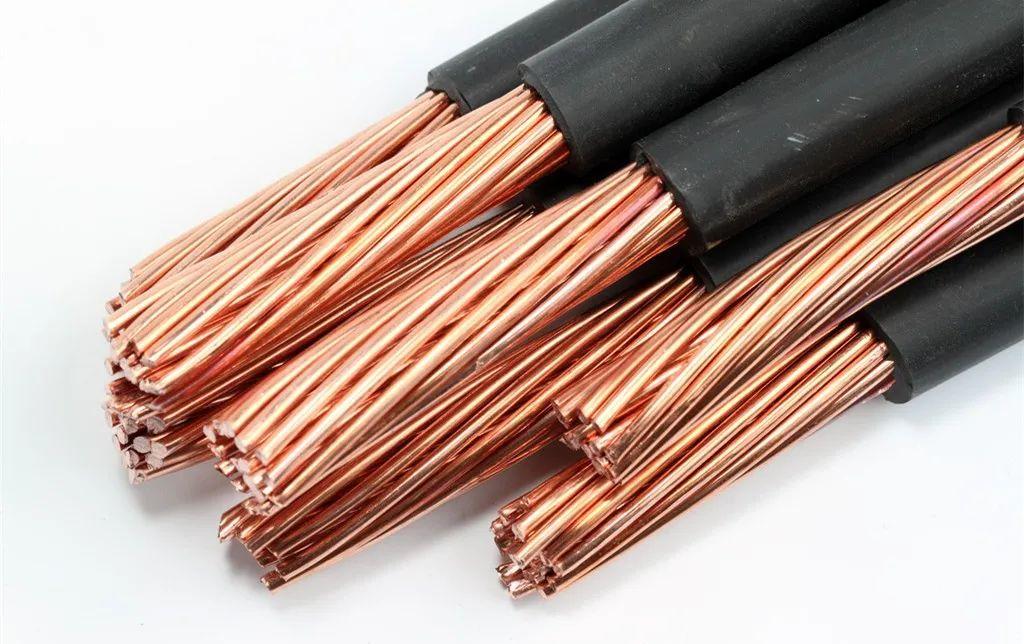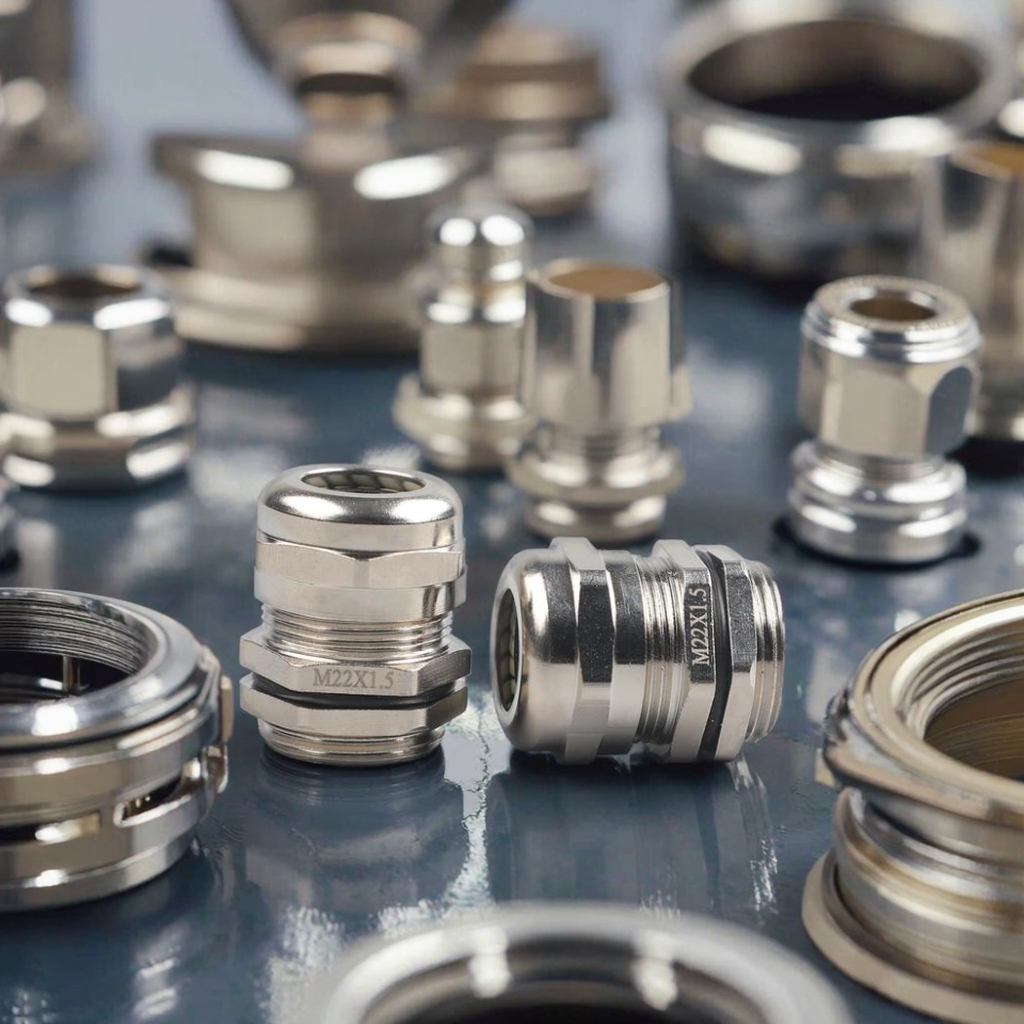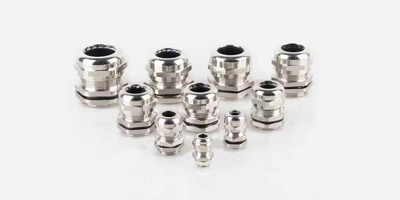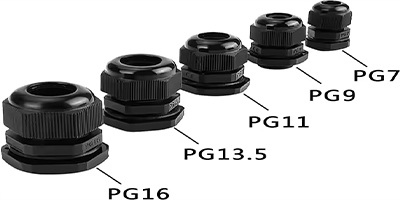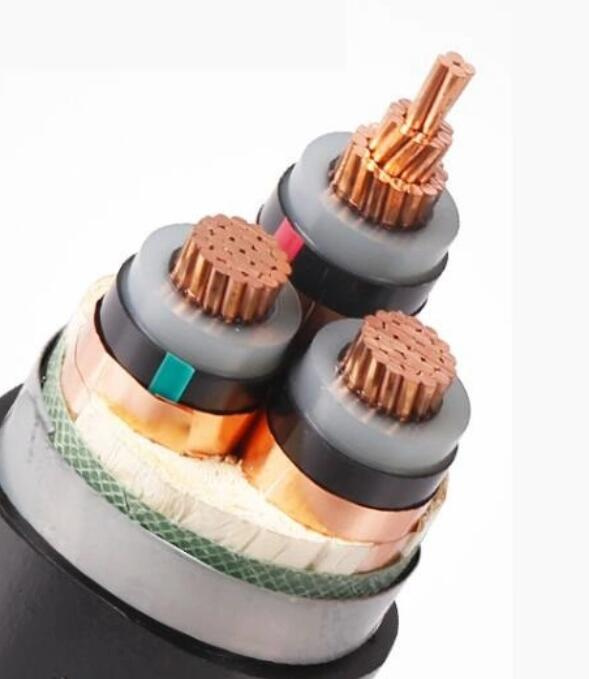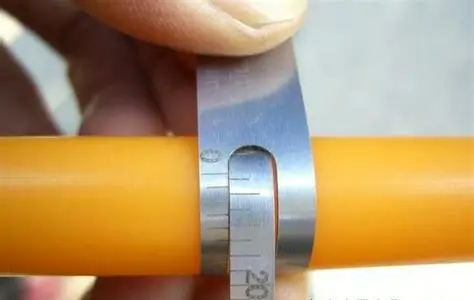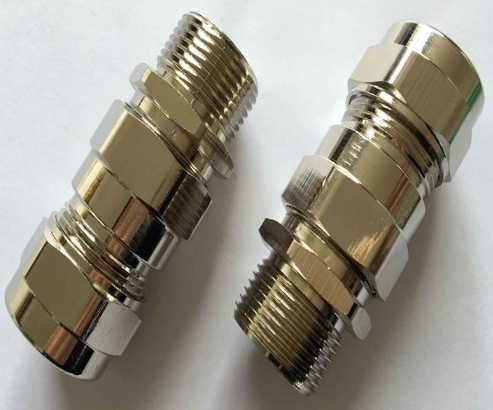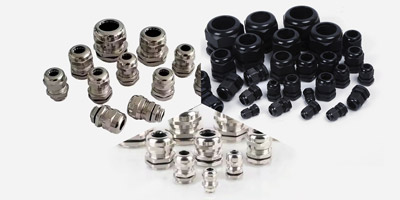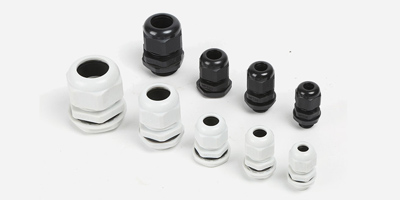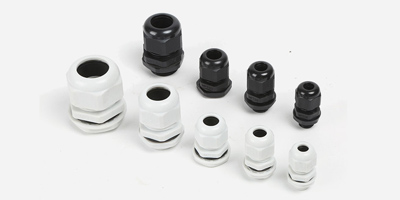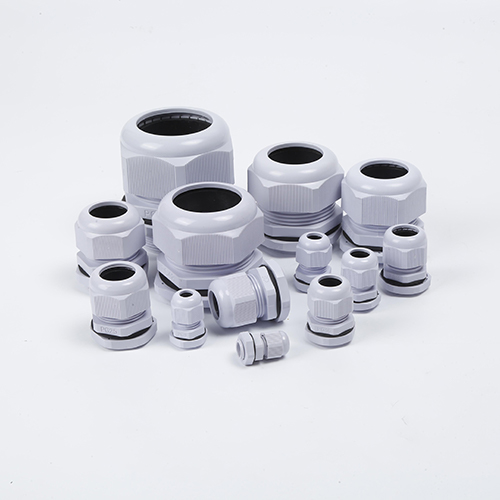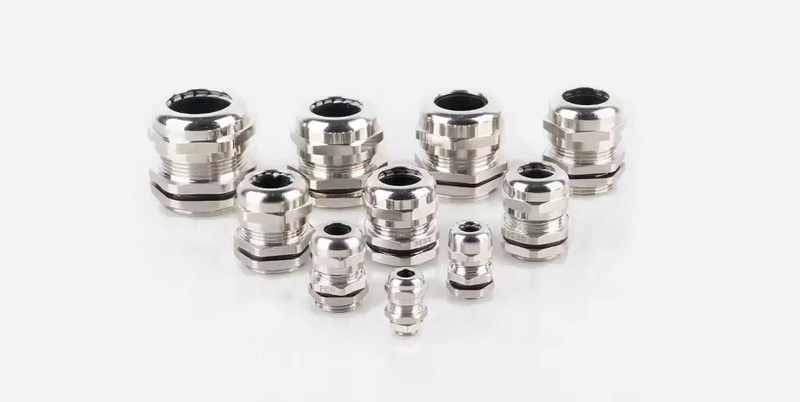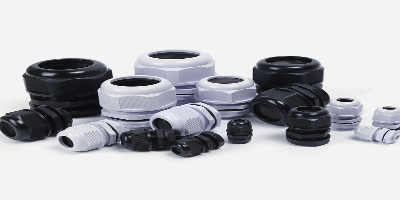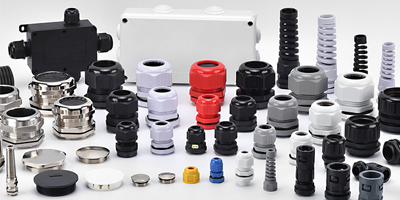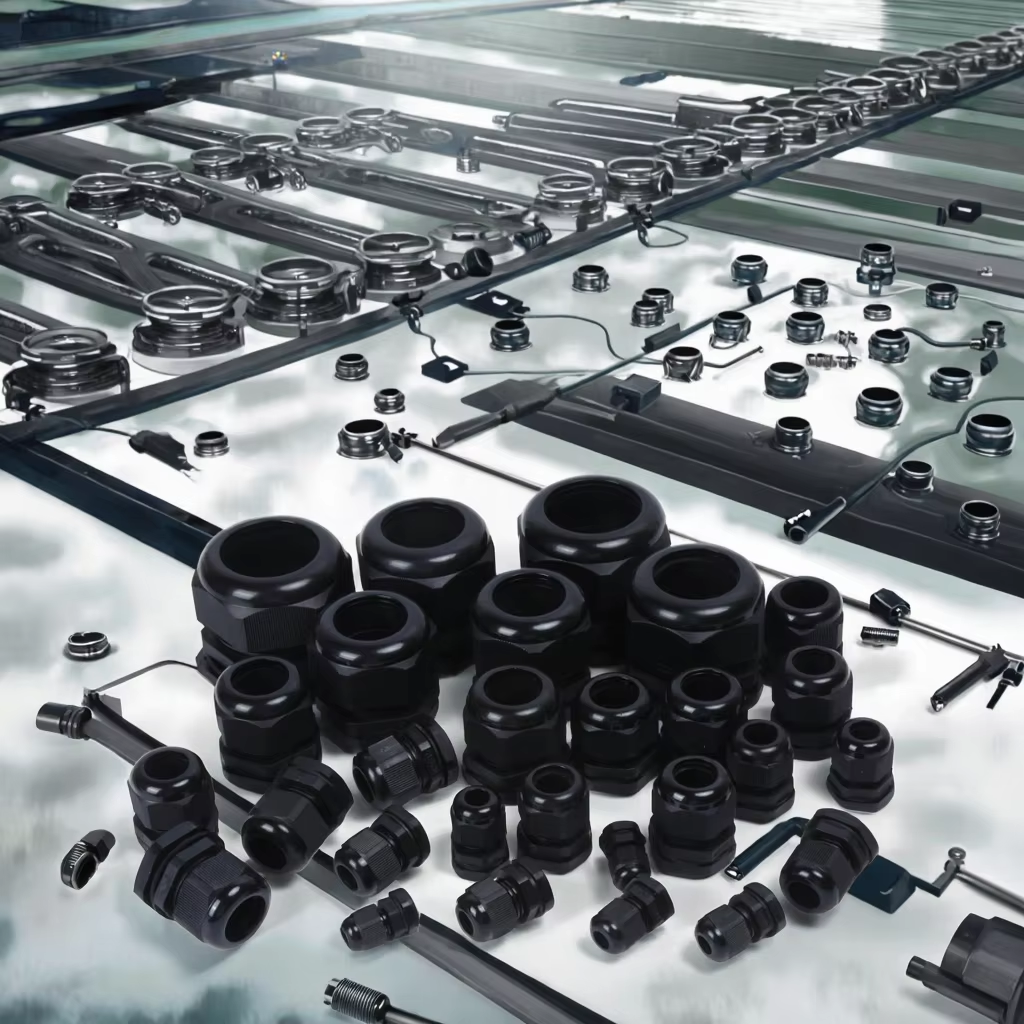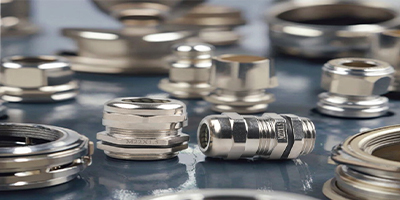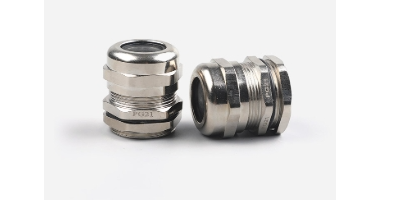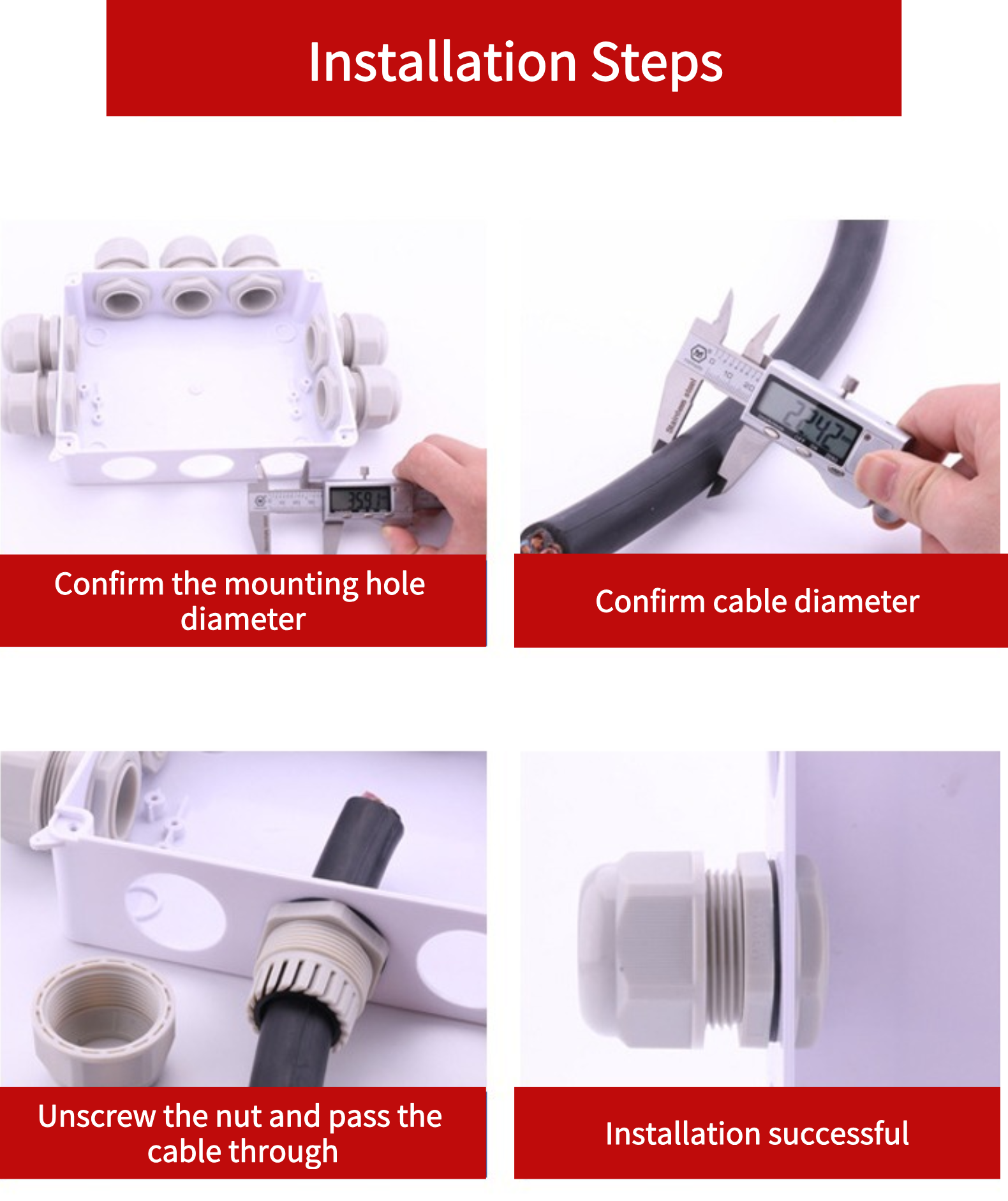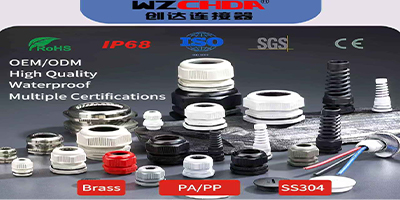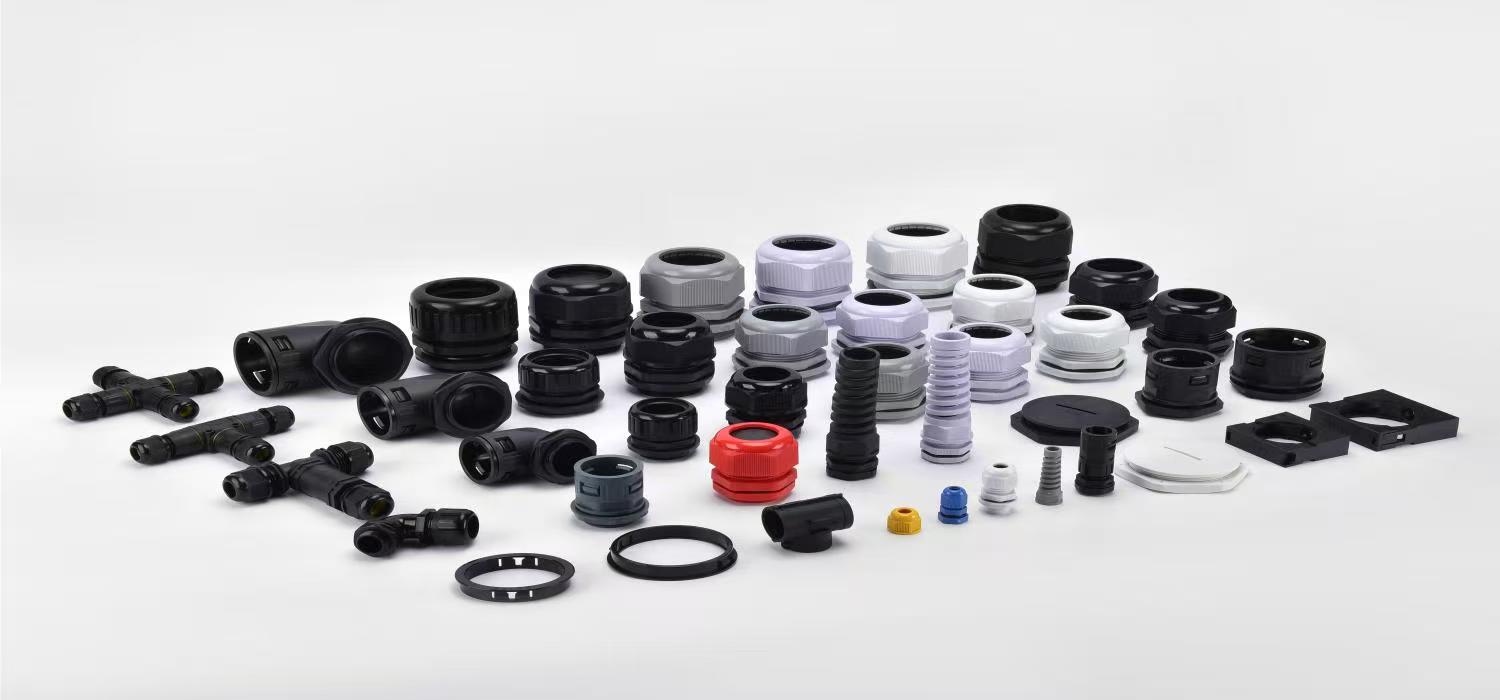In industrial, commercial, and residential electrical systems, cable glands are the unsung heroes that secure, seal, and protect cable entries—preventing dust, moisture, chemicals, and mechanical damage from compromising connections. With applications ranging from factory machinery to offshore platforms, the right cable gland can mean the difference between long-term reliability and costly downtime. This guide breaks down all types of cable glands, their key uses, material choices, and critical selection tips to help you match the perfect gland to your project.
Understanding All Types of Cable Glands: Classifications by Use & Design
Cable glands are categorized based on their intended environment, cable type, and installation needs. Below are the most common types, along with their core applications:
Metric Cable Glands: The most widely used type for standard electrical systems, with thread sizes (e.g., M12, M20) following metric standards. Ideal for indoor industrial setups, control panels, and residential wiring, where they provide basic IP66/IP67 protection against dust and water jets.
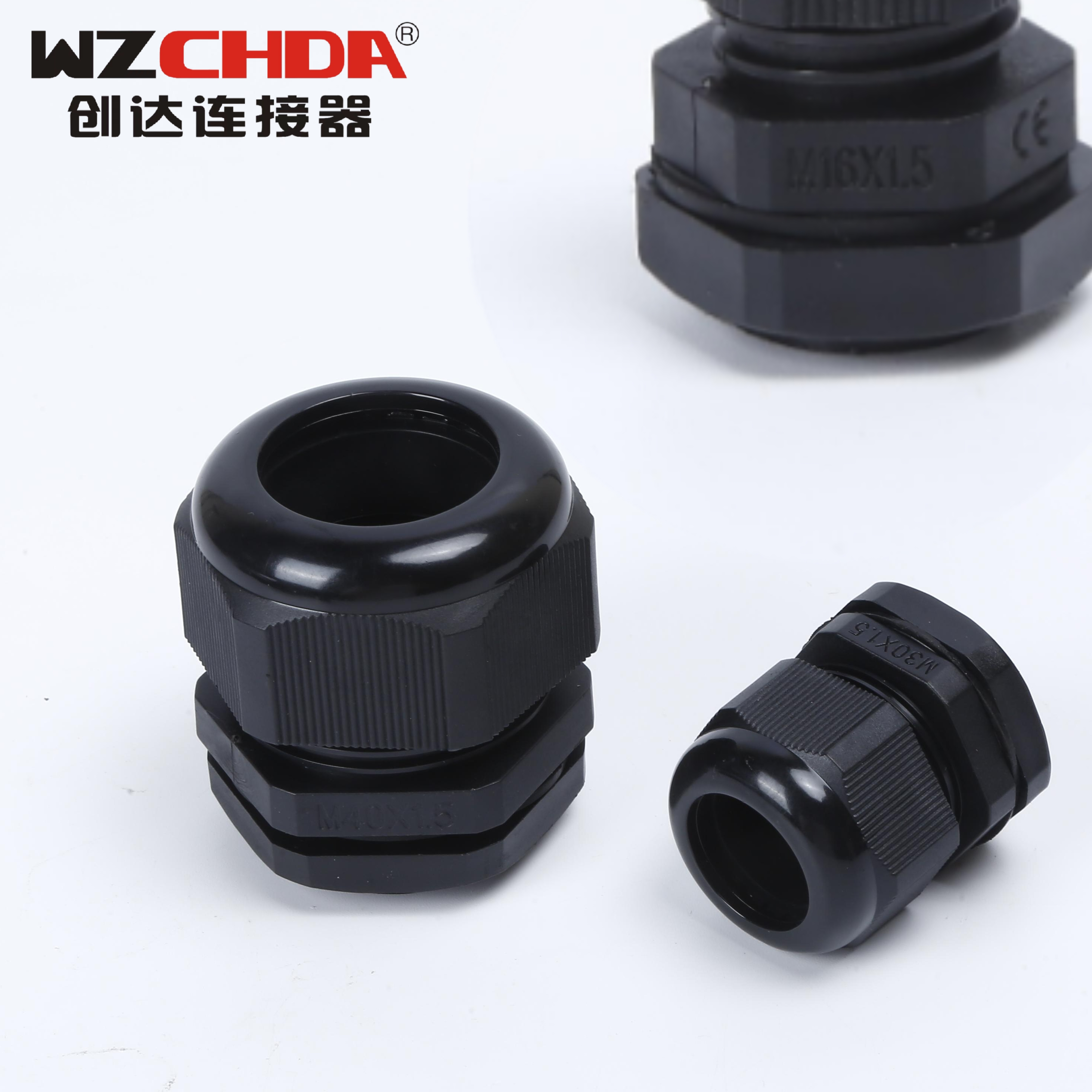
NPT Cable Glands: Designed for North American markets, these use National Pipe Thread (NPT) sizing (e.g., 1/2”, 3/4”) and are often used in oil & gas facilities, mining equipment, and outdoor electrical enclosures—offering tight sealing for high-pressure environments.
Marine Cable Glands: Engineered for saltwater, humidity, and extreme temperature fluctuations (-40°C to 120°C). Made with corrosion-resistant materials, they’re essential for shipbuilding, offshore wind farms, and subsea pipelines, meeting IP69K standards for submersion and high-pressure washing.
Explosion-Proof (Ex) Cable Glands: Certified for hazardous areas (e.g., chemical plants, grain silos, oil refineries), these prevent sparks from escaping cables and igniting flammable gases/dust. They comply with ATEX, IECEx, and UL standards, with designs that dissipate heat and seal against explosive atmospheres.

Armored Cable Glands: Used for armored or braided cables (common in industrial machinery and power distribution). They grip the cable’s armor layer to prevent pulling or twisting, while sealing the entry point—critical for applications with mechanical stress or vibration.
Key Materials for Cable Glands: Performance vs. Application
Material selection directly impacts a cable gland’s durability, corrosion resistance, and temperature tolerance. The most common options include:
Brass: A cost-effective choice for general-purpose use (metric/NPT glands). It offers good corrosion resistance, easy machining, and compatibility with most cables—ideal for indoor industrial and commercial systems. Note: Not suitable for marine or highly corrosive environments.

Stainless Steel (316/304): The gold standard for harsh conditions. 316 stainless steel resists saltwater, chemicals, and high temperatures, making it perfect for marine, offshore, and explosion-proof applications. 304 stainless steel is a more affordable alternative for milder corrosive environments (e.g., food processing plants).

Plastic (Nylon/Polypropylene): Lightweight, non-conductive, and budget-friendly. Nylon glands work for low-temperature indoor applications (e.g., residential wiring, electronics), while polypropylene offers better chemical resistance for laboratory or chemical handling systems. Avoid high-temperature or heavy-vibration setu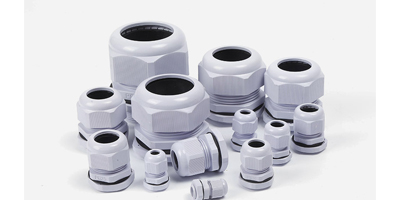
How to Select the Right Cable Gland: 5 Critical Tips
Choosing the wrong cable gland can lead to leaks, cable damage, or safety hazards. Follow these steps to make an informed decision:
1. Match the Gland Type to the Environment: Start by identifying the environment’s risks:
(1)Indoor, low-humidity: Metric or NPT brass/plastic glands (IP66).
(2)Outdoor/marine: Marine stainless steel glands (IP69K).
(3)Hazardous areas: Explosion-proof glands (ATEX/IECEx certified).
2. Check Cable Compatibility: Ensure the gland’s inner diameter fits your cable’s outer diameter (including insulation). Armored cables require armored glands, while unarmored cables use standard glands—ill-fitting glands will fail to seal or secure the cable.
3. Verify Certifications: For regulated industries (e.g., marine, oil & gas, healthcare), choose glands with relevant certifications:
Marine: DNV, ABS, IMO.
Hazardous areas: ATEX, IECEx, UL.
Food/pharma: FDA-compliant materials.
4. Consider Temperature & Chemical Exposure: If the gland will face extreme temperatures (e.g., foundries, cold storage) or chemicals (e.g., cleaning agents, fuels), select materials that resist degradation (e.g., 316 stainless steel for chemicals, high-temperature nylon for heat).
5. Prioritize Installation Ease: For projects with tight spaces or frequent maintenance, choose modular or tool-less glands—they reduce installation time and minimize downtime, especially in industrial setups.
Final Thoughts: Investing in the Right Cable Gland
All types of cable glands serve a unique purpose, but their value lies in matching their design and material to your project’s specific needs. Whether you’re wiring a control panel, building an offshore wind farm, or securing cables in a hazardous area, a well-chosen cable gland ensures safety, reliability, and long-term performance.
By understanding the different types, materials, and selection criteria outlined in this guide, you can avoid common pitfalls and select a cable gland that protects your electrical system—now and in the future.





